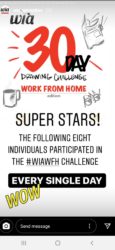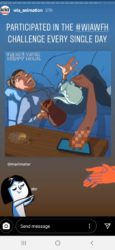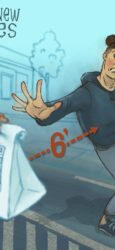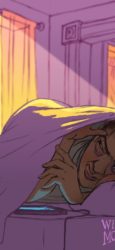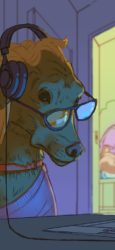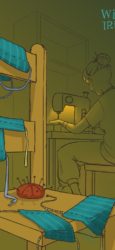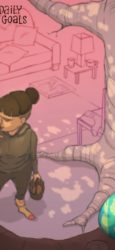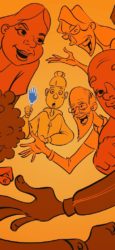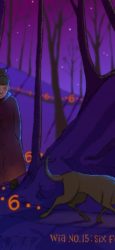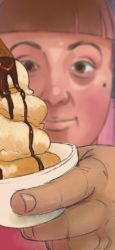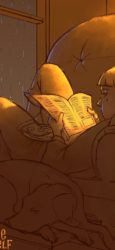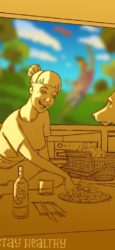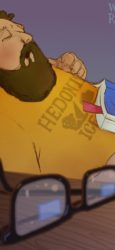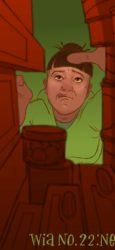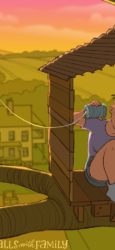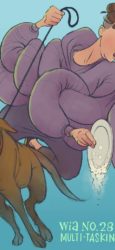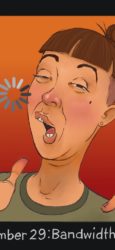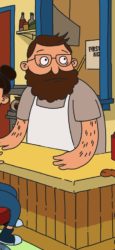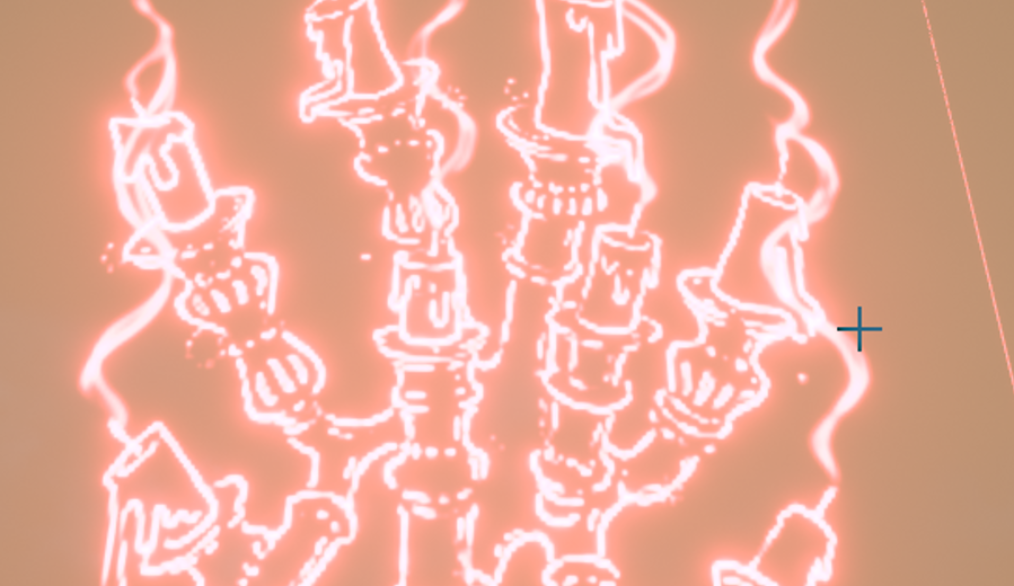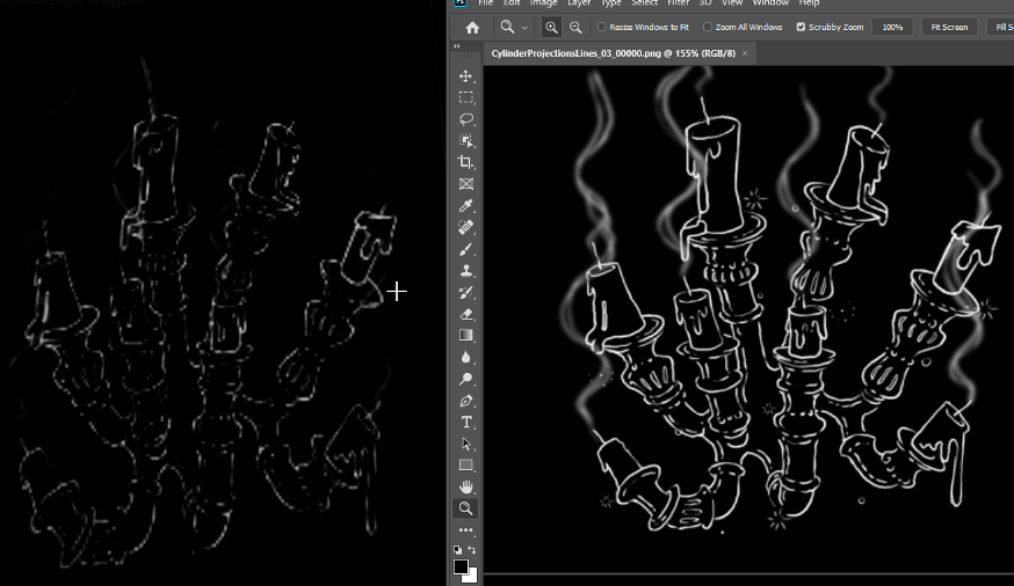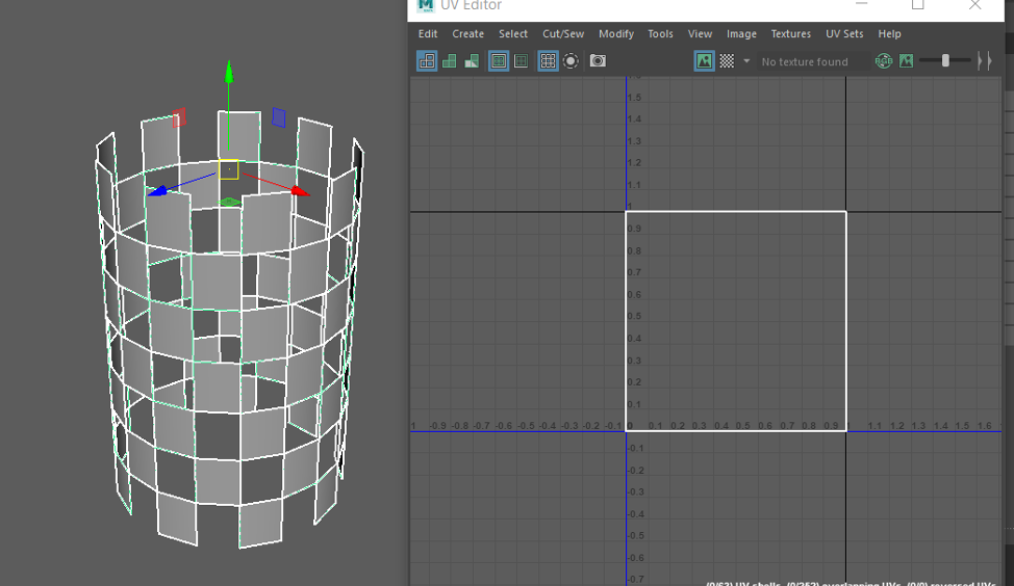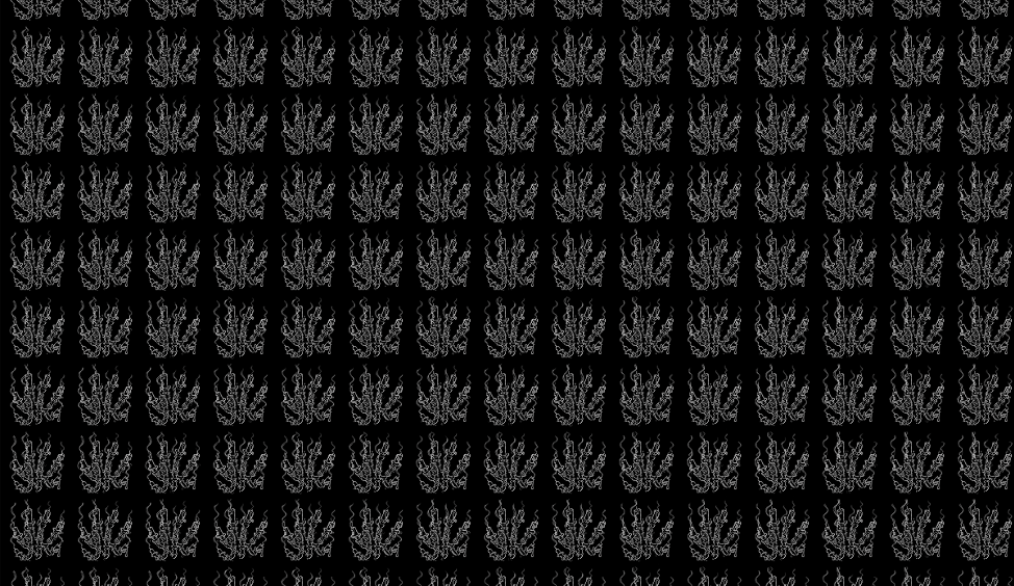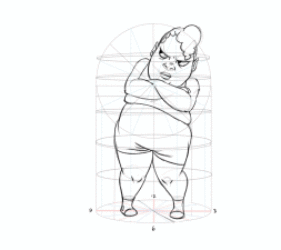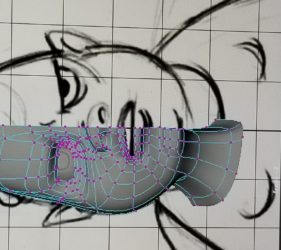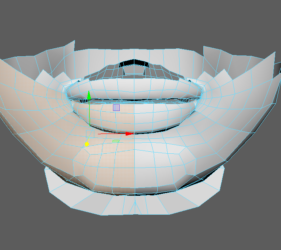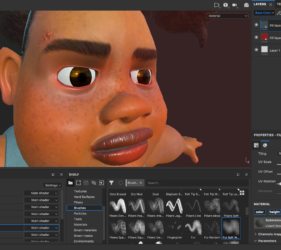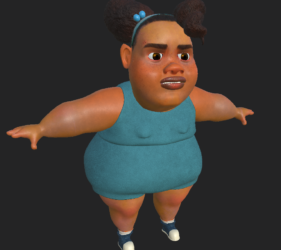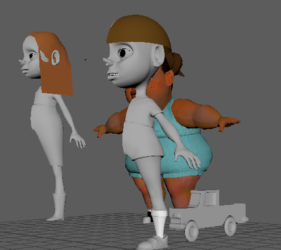Last summer, my two animation assistants decided it would be a great idea if I drew all of my backgrounds on paper (thanks, Reagan and Katie!). Never one to step down from a challenge (good idea??), I am now eyeballs deep in an analog process that I have not engaged with in possibly forever. I am a different draftsperson now than I was when I stopped drawing on paper for the majority of my work, and it has been really incredible to see how it feels for present-day me to wield a pencil in this context. Not sure of so many things with this project, but I am going wherever the process takes me! (Also, I lost my voice yesterday….six days before mom and I leave for Thailand!)
Last month I took part in the Women in Animation #workfromhome Challenge and I managed to make a new drawing/animation for each of the thirty days. 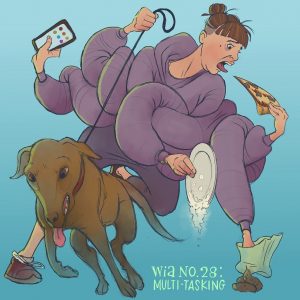 It was really important for me as an artist to focus on that structure during the start of the lockdown, and I believe it kept me sharp as all other structure fell away. I don’t totally know what day it is anymore, but I am working during every single one of them, and weirdly, that feels good! Today, WIA announced the winner of the challenge, as well as those of us who hung in there for all 30 prompts. Congrats, America Castillo for winning, and to my fellow thirty-day-ers for completing the challenge!
It was really important for me as an artist to focus on that structure during the start of the lockdown, and I believe it kept me sharp as all other structure fell away. I don’t totally know what day it is anymore, but I am working during every single one of them, and weirdly, that feels good! Today, WIA announced the winner of the challenge, as well as those of us who hung in there for all 30 prompts. Congrats, America Castillo for winning, and to my fellow thirty-day-ers for completing the challenge!
During production of Swing, we anticipated and encountered early the issue of resolution for the over-fifty 2D, alpha-channel videos that needed to be playing for the entire duration of the film. There were two major bottlenecks in regards to optimization, the 2D looping animations and the 2.5 Quill animation, exported as geometry and separated frame by frame in Maya. The “weight” of these assets made playback virtually impossible on certain systems, and even after the most recent and “final” optimization for distribution, I, the director of the film still cannot play Swing on my own personal headset, which is capable of playing most other Oculus downloads.
One of the problems that we ran into was having 54 animated souls spinning around the scene for the entire five minute duration while maintaining a high level of detail. One way to tackle the problem was to create a 4k video file and use that as a texture on a cylinder. The first attempt was to squeeze the aspect ratio into a square. When attached to the cylinder, the animation had a bit of aliasing. While being at 4k, the resolution was not as high quality as we would like. Larger than 4k and the whole animation experience would make the system slow down and stutter. The next option we tried was to make a square format video but have the images in a 16:9 format to then project on the cylinder. This ended up also not having enough resolution as well. The last option that enabled the higher quality while maintaining playability was to use flipbooks. Each soul was converted into a flipbook image using GlueIt2006. In Maya, every other polygon was deleted. Then on each of the remaining faces, we applied an individual shader with a UV space of (0,1). When brought into Unreal each shader was replaced with an animated flipbook. Each image is 3600×4800. We are currently researching how to lower the resolution for lower powered machines to check the frame rate and switch automatically to give the best playability.
(Blanchard/Reisch 2020)
It has been quite the journey, but with the unwavering support of my teacher Alyssa Minko (who also happens to technically be my student, but who needs labels?!) I have modeled an entire character from scratch in Maya, and applied textures in Substance. I drew the turnaround for this particular girl many years ago, and it is truly surreal to see her in 3D. I have an entirely different perspective on sculpting in 3D now, and will never look at vertices the same again.
Would I do anything differently? Probably everything, starting with not modeling her with such an arch to her back which makes posing really difficult. And her arms and legs keep popping out of the clothes because weight painting them identically is not quite my forte yet. BUT, in terms of building my FIRST model and then putting her through the ringer with an entire VR film to carry on her shoulders, I am quite proud!

